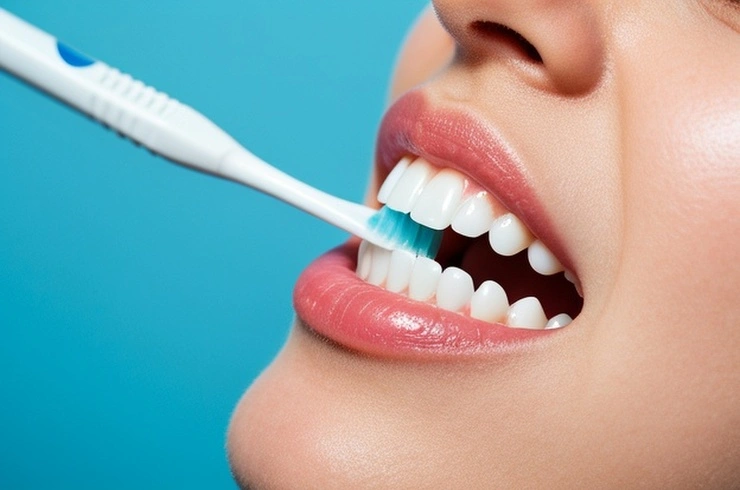
Bad breath, clinically known as halitosis, can be more than just an embarrassing social faux pas; it can be a significant indicator of underlying oral health issues, particularly gum disease. This condition, often stemming from inadequate oral hygiene, can lead to a cycle where unhealthy gums cause bad breath, and bad breath may even exacerbate gum problems. Understanding this intricate connection is crucial for maintaining overall oral health.
Understanding Gum Disease: A Silent Threat
Gum disease typically begins subtly. In its early stage, known as gingivitis, the damage to the gums might be reversible. However, if left untreated, it can progress to periodontitis, a more severe and irreversible form where gum tissues break down. Several symptoms can signal the presence of gum disease:
Bleeding, swollen, or tender gums: These are often the first noticeable signs.
Sensitive or loose teeth: As the supporting structures weaken, teeth may become mobile.
Receding gums or teeth that appear longer: This indicates a loss of gum tissue.
Pain when chewing or a misaligned bite: Advanced gum disease can affect bite alignment.
Persistent bad breath: This is a common and often overlooked symptom.
Poor oral hygiene is a primary culprit, allowing bacteria to accumulate and form plaque. While it can affect anyone, gum disease is more prevalent in individuals over 30 and, interestingly, tends to affect men more than women. If any of these symptoms sound familiar, consulting a dentist for a comprehensive gum health check is highly recommended.
The Bacterial Link: Periodontitis and Halitosis
The connection between gum disease and bad breath is rooted in oral bacteria. These bacteria break down proteins in the mouth, releasing volatile sulfur compounds (VSCs), which are responsible for the unpleasant odor. Dental issues, especially gum disease or infections, significantly amplify this problem.
Research highlights the strong correlation: studies indicate that a large majority of halitosis cases are linked to gingivitis, periodontitis, or bacterial coating on the tongue. In fact, up to 80% of patients with some degree of gum disease also experience halitosis. Inflamed gum tissues, characteristic of gum disease, act as a fertile ground for VSC production. When extensive plaque buildup leads to periodontitis, the severity of "perio breath" can markedly increase.
Interestingly, the relationship isn't one-sided. While gum disease causes bad breath, bad breath may also increase the risk of developing periodontal disease. This may occur if VSC-producing bacteria migrate to gum tissues, although dental experts are still investigating the precise mechanisms of this connection.
Treatment and Prevention: Breaking the Cycle
Addressing gum disease and associated bad breath requires professional intervention. For periodontitis, treatment often involves scaling and root planing, a deep cleaning procedure to eliminate bacteria above and below the gumline. Dentists may also prescribe antimicrobial medications. In severe cases, surgical options like gum flap surgery or bone/tissue grafts might be necessary to restore damaged oral structures.
The treatment for halitosis depends on its underlying cause, making a dental consultation essential for personalized advice. While professional treatments are crucial, maintaining a robust daily oral hygiene routine is your first line of defense against both gum disease and halitosis.
Key steps for optimal oral health include:
Brushing your teeth at least twice daily with fluoride toothpaste.
Flossing once every day to remove plaque and food particles from between teeth and under the gumline.
Regular dental checkups: Schedule routine visits with your dentist and inquire about additional products like specific mouthrinses to control bacterial buildup.
By consistently adhering to a good oral hygiene regimen, you not only improve your breath but also safeguard the overall health of your mouth, boosting your confidence in every conversation.
Pro Tip
The content of the article is shared by netizens, please carefully identify it